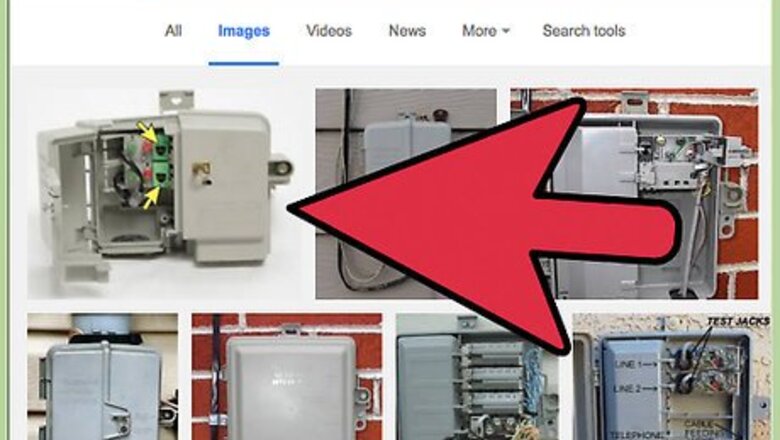
views
Disconnect the voice lines.
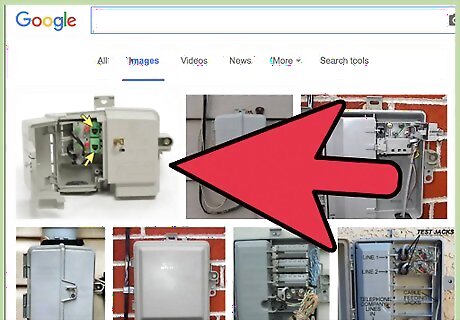
In the network interface box outside your house, disconnect all blue & blue/white pairs from the terminals. Make sure the wires aren't connected to each phone jack.
Tie the wires together.
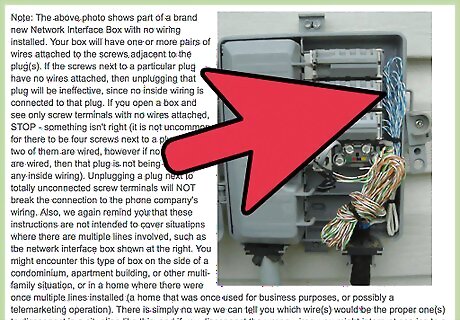
Electrically tie together all of the blue and all of the blue/white wires. This connects all of the phone jacks at a single point. Use a short terminal strip. You could also use wire nuts or similar connectors. Tie only wires that are exactly the same together. Do not tie the blue wires to the blue/white wires.
Connect the DSL line to each phone jack.
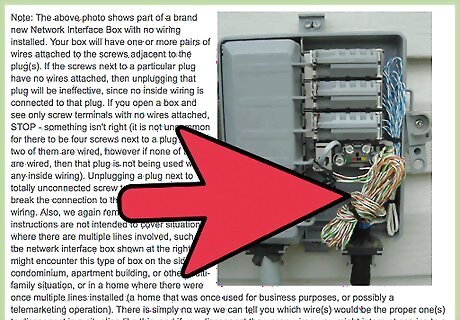
Connect the orange and orange/white wires to each phone jack. Connect these wires to the places from which you removed the blue/blue and white wires.
Install a two-jack faceplate.
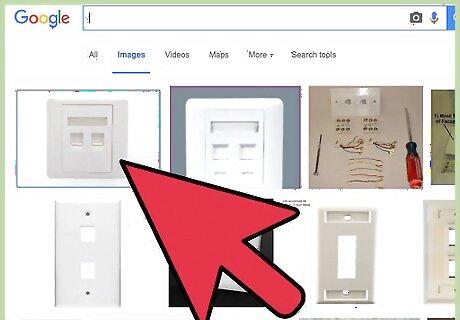
Inside the house, install a two-jack faceplate on an outlet. Do this in the room in which you plan to connect your VoIP device.
Connect the blue and blue/white wires to one of the two jacks.

You can connect the voice line wires to either of the two jacks. The remaining jack will be for the VoIP line.
Connect the orange and orange/white wires to the remaining jack.

On the other jack, connect the DSL line to the other jack. You now have two active jacks.
Connect your modem to the DSL jack.

Install the faceplate, then connect the phone jack on the VoIP device to the voice jack, and connect your modem to the DSL jack. These connections are made with standard modular phone cords.
Enjoy your new VoIP device.

Your VoIP device will now provide a dial tone to all of your house's phone jacks. Phones plugged into all jacks will be on the same VoIP line.
















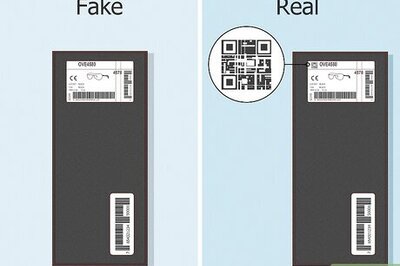



Comments
0 comment